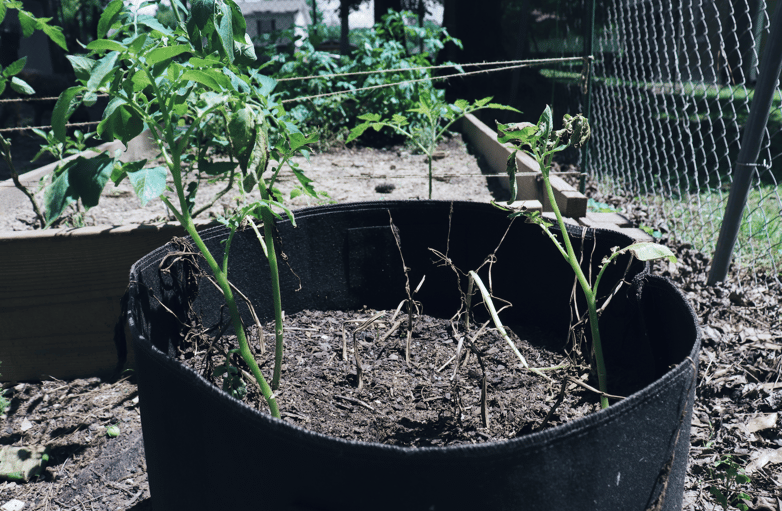Get 25% off your first order with code FIRSTORDER
The Silent Invaders: How Gnat Larvae Destroy Plants
Can gnats destroy your garden? How can you prevent them?
GARDENING
5/20/20243 min read


When it comes to gardening and maintaining healthy plants, we often focus on the visible threats: weeds, pests like aphids, or diseases. However, one of the most insidious enemies lurks beneath the soil, invisible to the naked eye—gnat larvae. These tiny creatures can wreak havoc on your plants, leading to stunted growth, wilting, and even death. In this article, we'll explore how gnat larvae operate, the damage they cause, and how you can protect your precious plants from these silent invaders.
What Are Gnat Larvae?
Fungus gnats are small, dark, fly-like insects that are commonly found in moist, organic-rich soil. The adults themselves are generally harmless, but their larvae are a different story. These larvae are tiny, worm-like creatures, usually translucent to white, with a small black head. They thrive in damp environments, feeding primarily on fungi and organic matter in the soil. However, when their preferred food sources are scarce, they turn to plant roots, which can lead to significant damage.
How Gnat Larvae Damage Plants
Root Damage: Gnat larvae feed on the tender roots of plants, disrupting the plant's ability to absorb water and nutrients. This feeding behavior can cause the roots to become damaged, leading to reduced plant vigor and health.
Reduced Nutrient Uptake: Damaged roots cannot effectively take up nutrients from the soil, resulting in nutrient deficiencies. This can cause symptoms such as yellowing leaves, stunted growth, and poor flowering or fruiting.
Increased Susceptibility to Disease: Plants with damaged roots are more susceptible to fungal and bacterial infections. The wounds created by feeding larvae can serve as entry points for pathogens, compounding the stress on the plant.
Wilting and Death: In severe infestations, the damage to the root system can be extensive enough to cause wilting and eventual plant death. Seedlings and young plants are particularly vulnerable, as they have smaller and more delicate root systems.
Identifying Gnat Larvae Infestations
Early detection is crucial in managing gnat larvae infestations. Here are some signs to look out for:
Adult Gnats: If you notice small flies hovering around your plants, it's a strong indicator that larvae might be present in the soil.
Poor Plant Growth: Plants that are not growing as expected, despite adequate care, might be suffering from root damage caused by larvae.
Yellowing and Wilting: These symptoms can indicate a compromised root system.
Visible Larvae: If you gently remove a plant from its pot, you might see tiny larvae in the soil. This confirms an infestation.
Preventing and Controlling Gnat Larvae
Preventing gnat larvae infestations involves a combination of cultural practices and, if necessary, chemical controls.
Proper Watering: Avoid overwatering your plants. Fungus gnats thrive in moist environments, so allowing the soil to dry out between waterings can help reduce their numbers.
Soil Management: Use well-draining soil mixes and consider adding sand or perlite to improve aeration and drainage. This makes the environment less hospitable for gnat larvae.
Sanitation: Keep your gardening area clean and free of decaying plant matter. This removes potential food sources for both adult gnats and their larvae.
Biological Controls: Introduce beneficial nematodes (e.g., Steinernema feltiae) into the soil. These microscopic organisms prey on gnat larvae, providing a natural method of control.
Chemical Controls: If infestations are severe, you might need to resort to chemical treatments. Insecticides containing Bacillus thuringiensis var. israelensis (BTI) are effective against gnat larvae and are relatively safe for the environment.
Gnat larvae may be tiny, but their impact on plants can be devastating. By understanding their lifecycle and the damage they cause, gardeners can take proactive steps to protect their plants. Through proper watering practices, soil management, and the use of biological controls, it is possible to manage and prevent infestations, ensuring that your plants remain healthy and vibrant. Stay vigilant, and don't let these silent invaders take over your garden!
